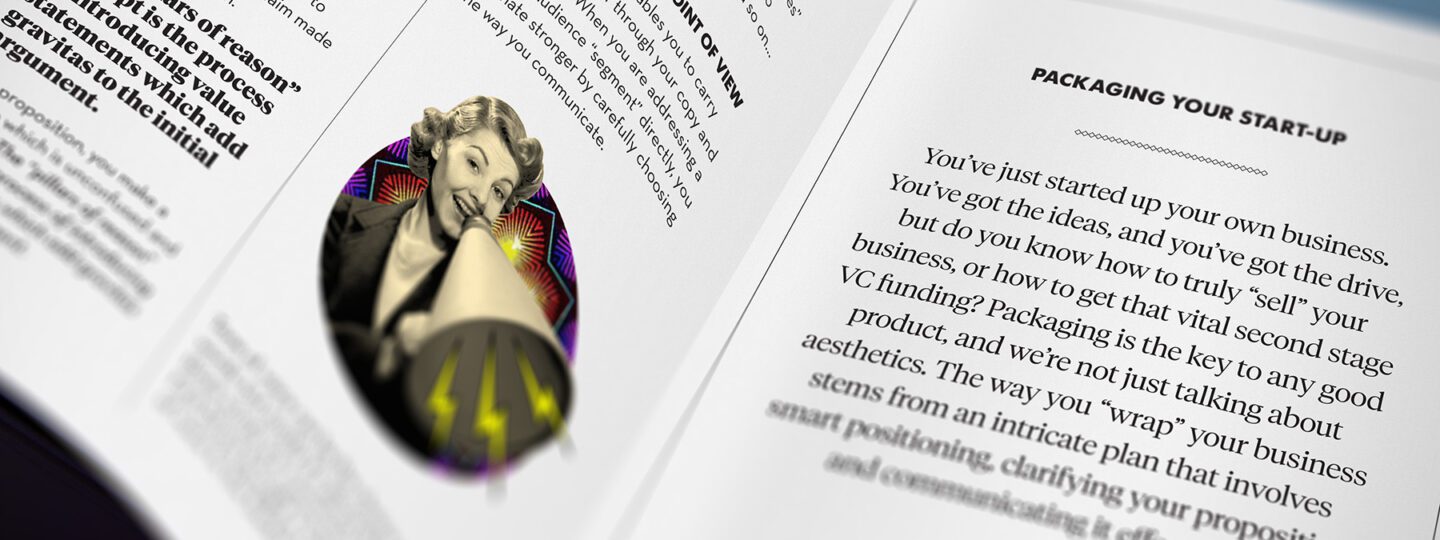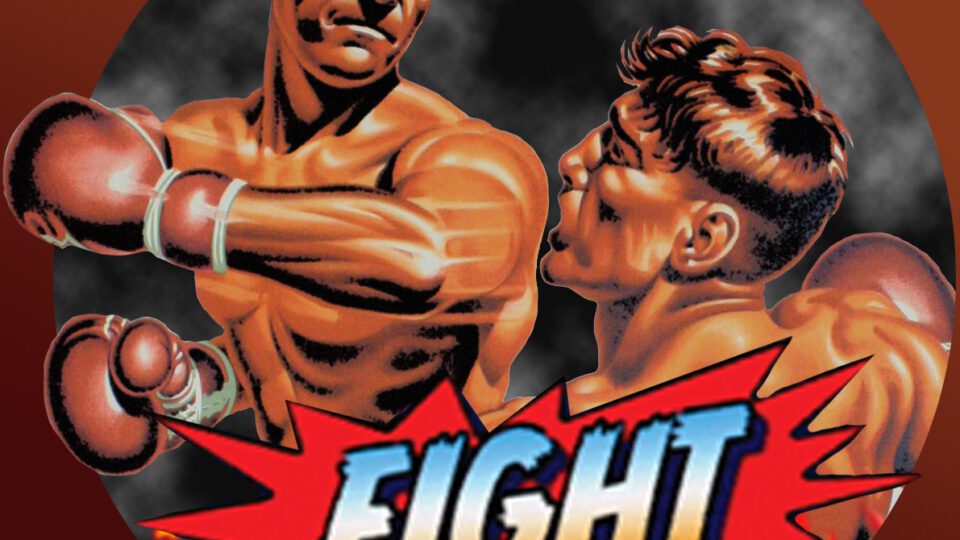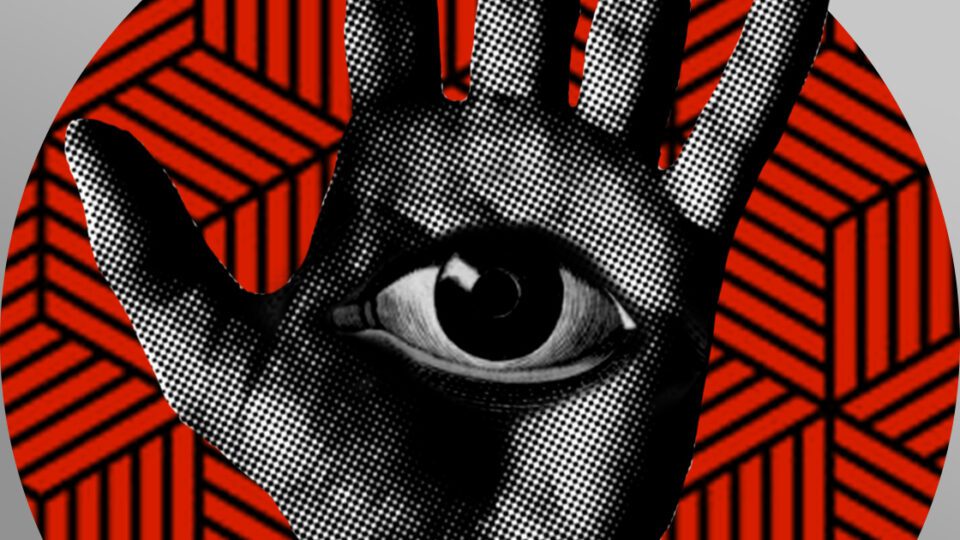You’ve just started up your own business. You’ve got the ideas, and you’ve got the drive, but do you know how to truly “sell” your business, or how to get that vital second stage VC funding?
Packaging is the key to any good product, and we’re not just talking about aesthetics. The way you “wrap” your business stems from an intricate plan that involves smart positioning, clarifying your proposition and communicating it effectively.
{This paper was created after Firedog conducted an open studio workshop for Digital Shoreditch in London 2015. This paper summarises the topics covered and is a handy guide for anyone looking to brand their startup business.}

Introduction
This article deals with taking your idea to market, and some of the steps you will need to take. It is important to understand that this is not a magical or creative process. In fact, it’s rather logical and methodical. The process has many names, depending on where you turn. Broadly speaking, this process is called “positioning”. Be warned, this undertaking is not easy; you’ll need to torture yourself in order to get the best result. Yes, you can pay an agency a princely sum to do this for you, but the important thing to bear in mind is that you are not buying creative talent, you’re buying strategic thinking. And strategic thinking is something you will need yourself (in spades) if you are looking to succeed. You should therefore be able to create most of the strategic framework yourself. If I were to suggest any investment, I would advise a copywriter first and foremost. Then, my next hire would be an eager, recently post grad publicist.
Confronting the obvious
I will take for granted that you have already dealt with the obvious. Questions such as: “Will it work?”, “Does the world need this?” and “What is my exit strategy?” are fundamental facts that need to be firmly established. Not only will it make it easier to seek funding – It will also help with communicating your proposition down the line. Common cause for failure is often when these questions are emotionally brushed aside in the thrill of going on your own. Your emotional self overrides the logical. This is a bad idea. Sure, the ride will be interesting, but all you will walk away with is experience – And for many, this isn’t enough. Right, warnings over! Here we go…


1. Mission and vision
This is the softer end of the brand. It is related to both ambitions and purpose. It can be communicated to the public, but it’s also something that you can keep to yourself. A “vision” is related to your dreams and aspirations. It is always written in the future, as if the dream has been realized. A “mission” is more shareable and is related to the day to day purpose of your start-up. There are plenty of fun examples of existing brand visions available online. Here is one of my favourites which ironically marks the end of a journey “A computer on every desktop and in every home (using Microsoft software)”
2. Research
You will have already done a fair bit of this ground work for your business plan. Research basically entails establishing whether your idea has legs, via common knowledge and consensus. Research is broadly divided into “quantitative” (large numbers, via a tool eg: Survey Monkey) and “qualitative” (smaller numbers eg: focus groups). There is no magic formula on how to conduct this exercise but it is a very worthwhile concept. If you are severely autocratic, you could banish research altogether, but I would suggest you still use it as a “test” for proof of concept. This entails doing your thinking up front, and then checking its logic against certain respected parties. This will allow you to freestyle, but with the added security of feedback before you fully commit yourself.
A “vision” is related to your dreams and aspirations. It is always written in the future, as if the dream has been realized

You will need to carve a unique space within the consumer’s mind if you ever hope to engage them with your message. Few businesses truly have no competitors.
3. Competitor / sector analysis
A big part of building a brand is trying to eke out your space with a unique positioning. The first step of this would be to leave your stall for a moment and take a look at what others are doing. You will need to carve a unique space within the consumer’s mind if you ever hope to engage them with your message. Few businesses truly have no competitors. And if you think your product is truly unique, your competitor immediately becomes the massive business looking to nick your idea and make you irrelevant with their own marketing. Once you have isolated your competitors, you will want to look at a few things: “What are their key messages?”, “Who are their customers?” and “How do they sound?” Your job will become telling a story that communicates that you are different, volleying your strengths against their weaknesses.
4. Audience segmentation
Every product sells to someone. That someone is not everyone. Having a clear understanding of your target audience allows you to adapt your pitch to the correct tune. The audience will also have a bearing on the way you speak. Often, a business will have a number of audiences, all with particular needs. In larger branding exercises, the entire identity flexes and adapts according to each audience. The messaging and tone of voice changes accordingly. We have also seen more adaptive visual identities created for varying audiences. What’s the point? To ensure your message strongly resonates with each audience.


5. The “hook”
The “hook” is our metaphor for the quintessential door opener. It’s the tool for converting the preached. In our media saturated world, it’s the opening statement that creates a conversation. And yes, it’s damn hard to create. It needs to be full of promise and really snappy at the same time. It may manifest itself in a strapline, a spoken pitch or any selling situation. As an experienced creative, my creative journey only really starts when I have these five or so words written down. It’s the keystone of strategic thinking. Once you have hundreds of pages of research and planning, you will ultimately need to distil it all into the pure unadulterated spirit of the brand, in order to build out again. You can’t go from loads of research to loads of marketing without this key step. You need to distil everything into one key message, whilst considering what matters most to your market.
6. The proposition
The proposition is an articulation of the “hook” – with a bit of broadening out to cover your target audience and reach. It’s what we would call the “elevator pitch”. Its purpose is to explain your core USP (Unique Selling Proposition – aka. the “Hook”), along with: “What I am selling?”, “Who is it for?” and “Where am I selling?”. In the modern context, the proposition is placed front and centre on the home page of your site. It’s important to keep this short, sharp and to-the-point whilst making it evocative enough, motivating people to find out more.
7. Pillars of reason
This metaphor compares the formation of an argument to the world of construction. If you want your proposition to take hold, you have to come up with a series of arguments to support that claim. This is the opportunity for you to substantiate the singular claim made in the hook / proposition. With the proposition, you make a single claim which is unconfused and uncluttered. The “pillars of reason” concept is the process of introducing value statements which add gravitas to the initial argument. For example, if you were selling ice cream, your core proposition message could be: “Our ice-cream is naturally great!” Your target audience would retort: “Oh, why?” You then reason: “Well, we get all our cream from independent dairies” (Reason 1); “We produce the product in small batches” (Reason 2); “We use absolutely no preservatives” (Reason 3). And so on…

8. Tone of voice & point of view
A tone of voice enables you to carry brand character through your copy and positioning. When you are addressing a certain audience “segment” directly, you resonate stronger by carefully choosing the way you communicate. Tone of voice can be the choice of words, but mostly it’s about the way those words are communicated. First Direct brought a very fresh tone of voice to the banking sector. This is exaggerated by the fact that the rest of their identity is pretty minimal. Tone of voice also relates to a point of view. This can affect the way the culture of the identity comes across. This could also influence your media and marketing spend. Which outlets best complement your positioning and point of view? Red Bull’s use of extreme sports sponsorship reinforces their global point of view to such an extent that it is intrinsically linked back to their brand.
9. Storytelling
Storytelling is an integral part of any emerging brand. Amongst techies this is often called “content marketing”. This term is a bit one-sided and it doesn’t really expand on what makes this activity work. Essentially, “storytelling” is the process of having a point of view around a topic and then owning as much of the debate as possible. Old school marketers have trouble grappling with this at times, with the feeling that the energy invested in this stream is not focused around generating a sale. But realistically, modern audiences have become cynical around direct marketing messages. It is far smarter these days to own a “category” rather than a “product”. Again, the Red Bull example shows how a brand has communicated its values through extreme sports storytelling.
When you are addressing a certain audience “segment” directly, you resonate stronger by carefully choosing the way you communicate. Tone of voice can be the choice of words, but mostly it’s about the way those words are communicated.

10. Great copy
You can now see how much of the above is focused around messaging. The core skill required? Great copywriting. Once you have established your strategic positioning, I would suggest you either contract someone to write all your copy. Failing that, just get very chummy with a talented wordsmith! The core role of the copywriter is to take a complex argument and break it down in to simple, easily understood terms.
11. The name
The choice of name matters. It is the most transferable brand asset with the broadest reach. It can be rendered in spoken word, ascii text and 6 foot high lettering. While the rules are loose and change according to era, some core fundamentals remain: Make it snappy, make it unique and don’t be too clever. Make it relate to your values and avoid linking it directly to product (dangerous if you ever have a change in product direction). In today’s digital climate you should also try to “own it” online. Common mistakes in naming include making it too generic and making it too complicated. It’s important to strike a happy balance between the two extremes.

Any good branding agency will tell you that the logo is only part of an entire identity system.
12. The logo
Any good branding agency will tell you that the logo is only part of an entire identity system. However, the creation of a good logo goes a long way to supporting the rest of the identity. Like naming, best practice is about making it as simple as possible, as visible as possible, and ensuring that it works in small sizes. The addition of an icon / symbol is optional; and there is a balanced case for and against.
13. Visual identity
The visual identity is the creation of the brand identity around, and excepting, the logo. A visual identity system expresses choices of font, colour, proportion, layout and messaging. The visual identity system has eclipsed the importance of the logo – mostly because of the growth and diversity of varying media. Digital has had a major impact, insofar as visual identity systems becoming more functional and linked to task orientated graphics, rather than purely branded visuals. One rule applies: Make it memorable. The visual identity is a wayfinding system designed to reinforce the brand within the user’s subconscious.
14. Experience design
Over the last decade, brands and companies have really had to up their game. The growth in new competition has forced brands (and rightly so) to start behaving themselves. Compounding this is the era of online reputation. Through social media, negative experiences are easily shared. Experience design is the process of designing an environment around a user’s experience. This can be applied both to the “real” physical world, and also to the online “virtual” world. The work may encompass a business process (the environmental design of an airport lounge) or a transactional process (buying the plane tickets before you get to the airport). The methodology behind each is similar, with the net result of reducing the friction as much as possible. This increases the likelyhood of a positive experience. Again, this skill is something you can do yourself, however, your heart needs to be into it. You really need to care. Good experience design in small brands (when compared to larger, lazy brands) is entirely disruptive. Think about Virgin and their strategic moves into aerospace and banking.
Experience design is the process of designing an environment around a user’s experience.

In summary
I hope the above guide provides you with a little direction. Successfully packaging a start-up begins with an obsessive concern for appearance and reputation. For me, there is a single striking example of brilliant packaging. Apple.
As an estranged PC-using creative, I am always bemused, yet impressed by the grip in which Apple holds its consumers. Its success has always stemmed from its obsessive belief in appearance, experience and design. These values were all originally instilled by Steve Jobs. He is often called a genius and an obsessive compulsive in one sentence. When it comes to Apple, the product may be great, but its packaging is truly superb.

